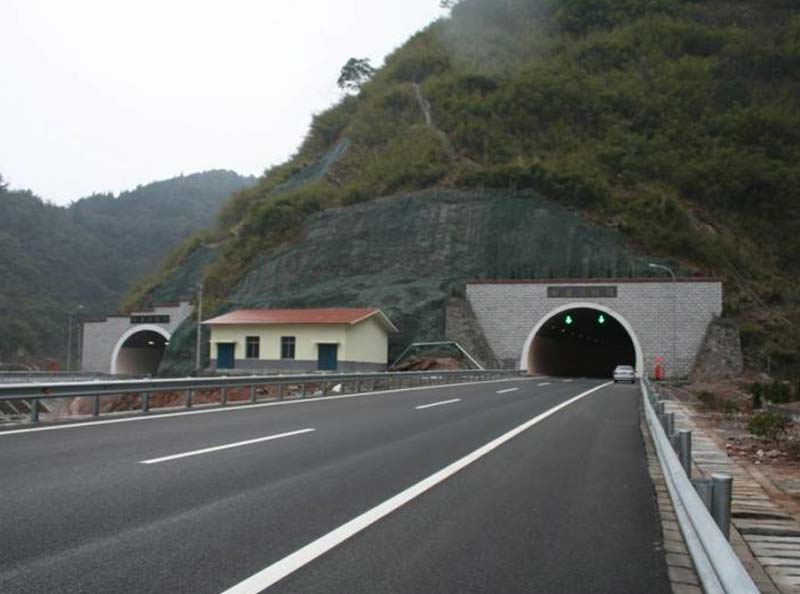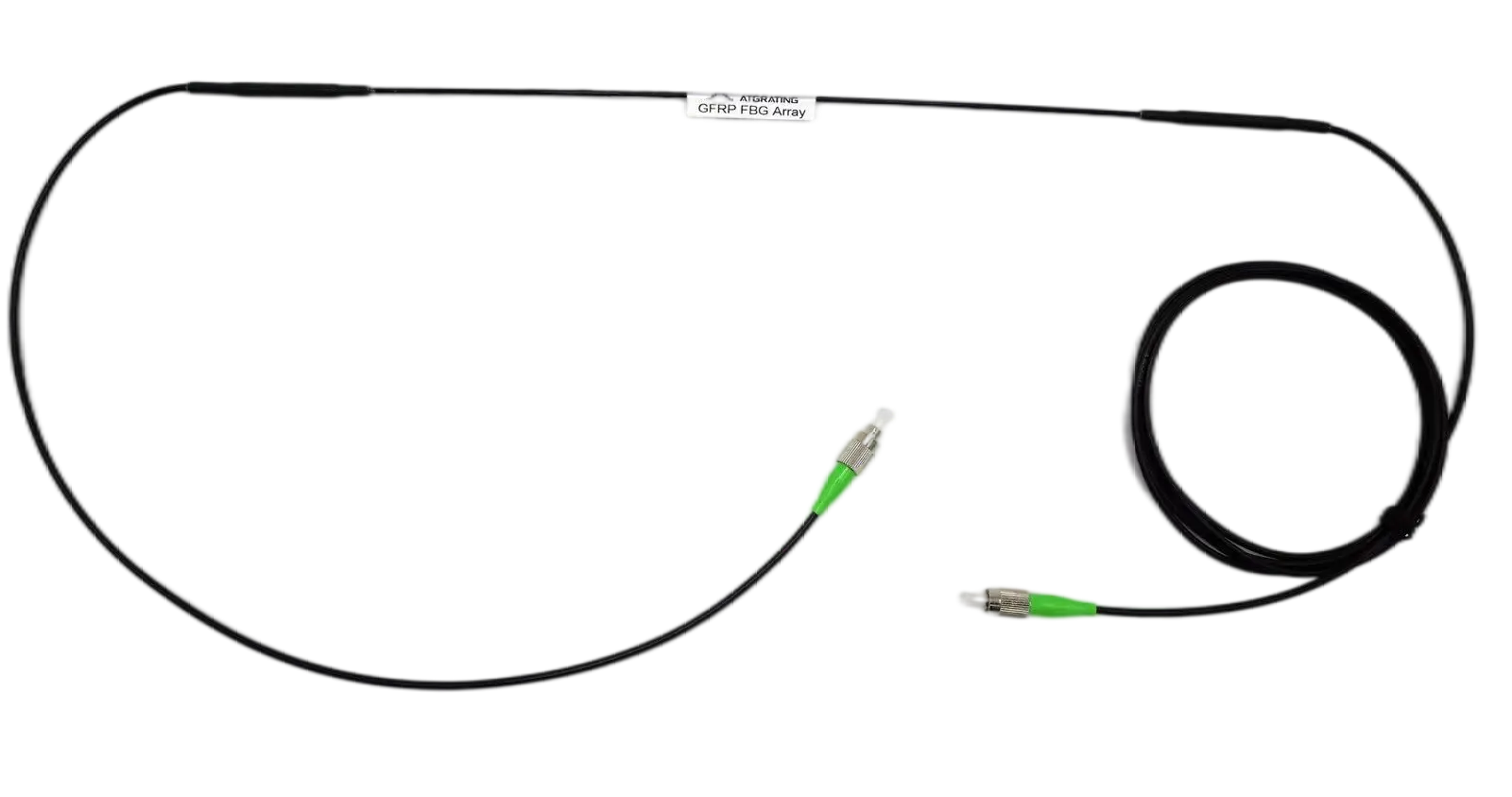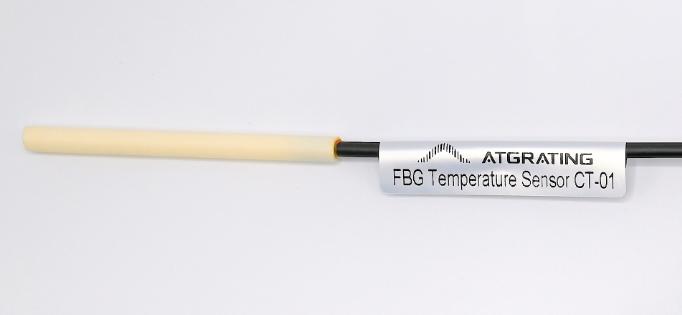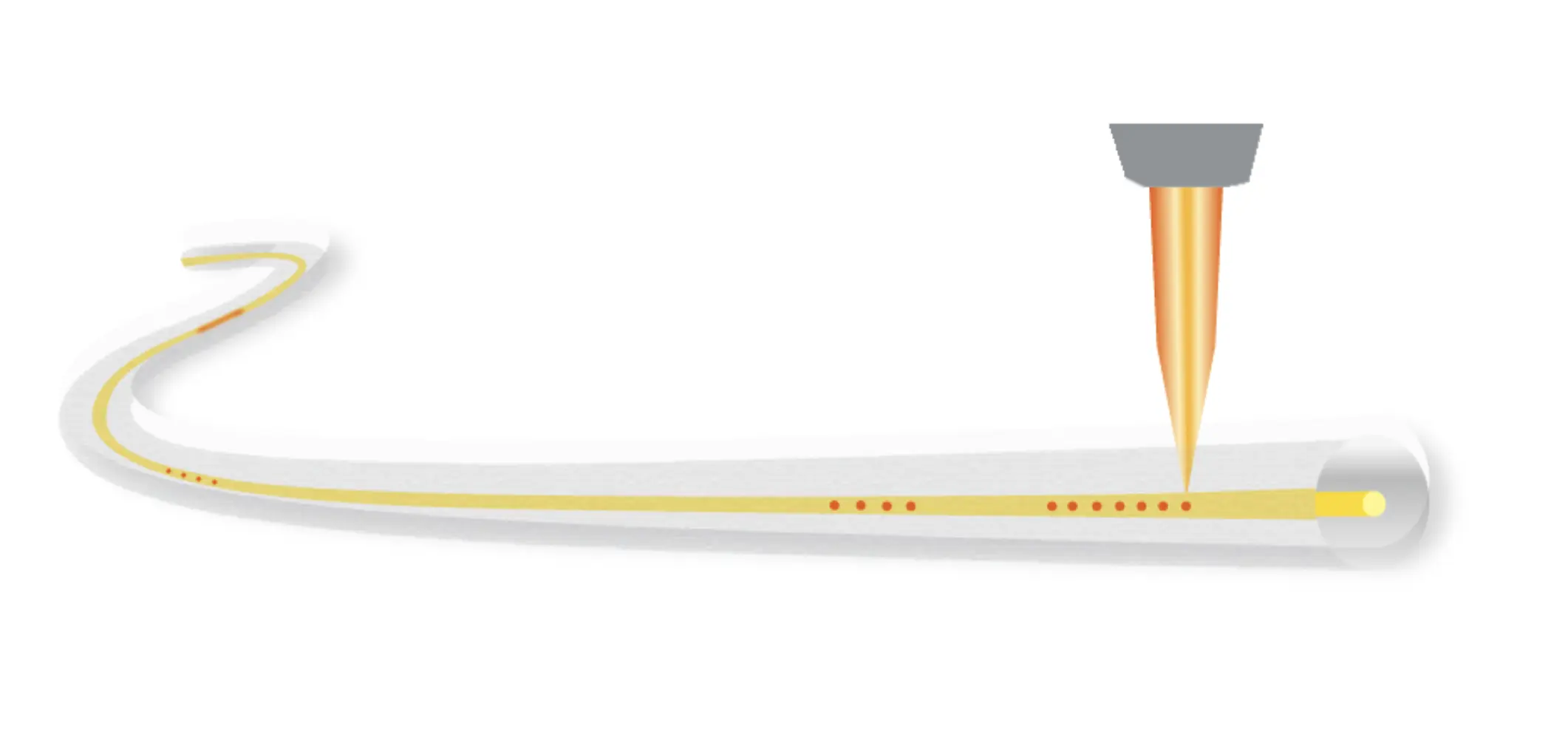Structural monitoring of civil engineering is the most active field of fiber grating sensors. For bridges, mines, tunnels, dams, buildings, etc., by measuring the strain distribution of the above-mentioned structures, the local loads and conditions of the structures can be predicted, which is convenient for maintenance and condition monitoring. Fiber grating sensors can be affixed to the surface of the structure or embedded in the structure in advance to perform impact detection, shape control and vibration damping detection on the structure at the same time, and also to monitor the defects of the structure. In addition, multiple fiber grating sensors can be connected in series to form a sensor network to perform quasi-distributed detection of the structure and remotely control the sensor signal through a computer.
One of the building structures that fiber grating sensors can detect is bridges. In application, a group of fiber gratings is glued to the surface of the bridge composite ribs, or a small groove is opened on the surface of the beam, so that the bare core of the grating is embedded in the groove (for protection). If more complete protection is required, it is best to embed the grating in the composite ribs when constructing the bridge. At the same time, in order to correct the strain caused by the temperature effect, a sensor arm with separate stress and temperature can be used, and these two arms can be installed on each beam.
Two fiber gratings with the same central wavelength replace the mirror of the Fabry-Perot interferometer to form an all-fiber Fabry-Perot interferometer (FFPI), which uses low coherence to minimize the interference phase noise. One method realizes high-sensitivity dynamic strain measurement. Use FFPI to combine the other two FBGs. One of the gratings is used to measure strain, and the other is protected (from stress) to measure and correct the temperature effect. At the same time, the measurement of three quantities: temperature, static strain, Instantaneous dynamic strain. This method combines the coherence of the interferometer and the advantages of the fiber Bragg grating sensor. Within the measurement range of 5mε, it achieves a static strain measurement accuracy of less than 1µε, temperature sensitivity of 0.1°C, and a dynamic strain sensitivity of less than 1nε/(Hz)1/2.




Latest News at ArGrating FBG Sensing
_1200_x_628_Banner.webp)
2025-Apr-16
+
2024-Oct-01
+
2024-Sep-17
+
2024-Sep-01
+